Hopper Genitalia |
TREEHOPPERS
Knowing the sex of a treehopper, coupled with other information such as season and length, can be very helpful in determining the identity of some species. |
| Underside of female treehoppers. Note abdominal segments and shape and size of the pygofer. |
Stictocephala militaris
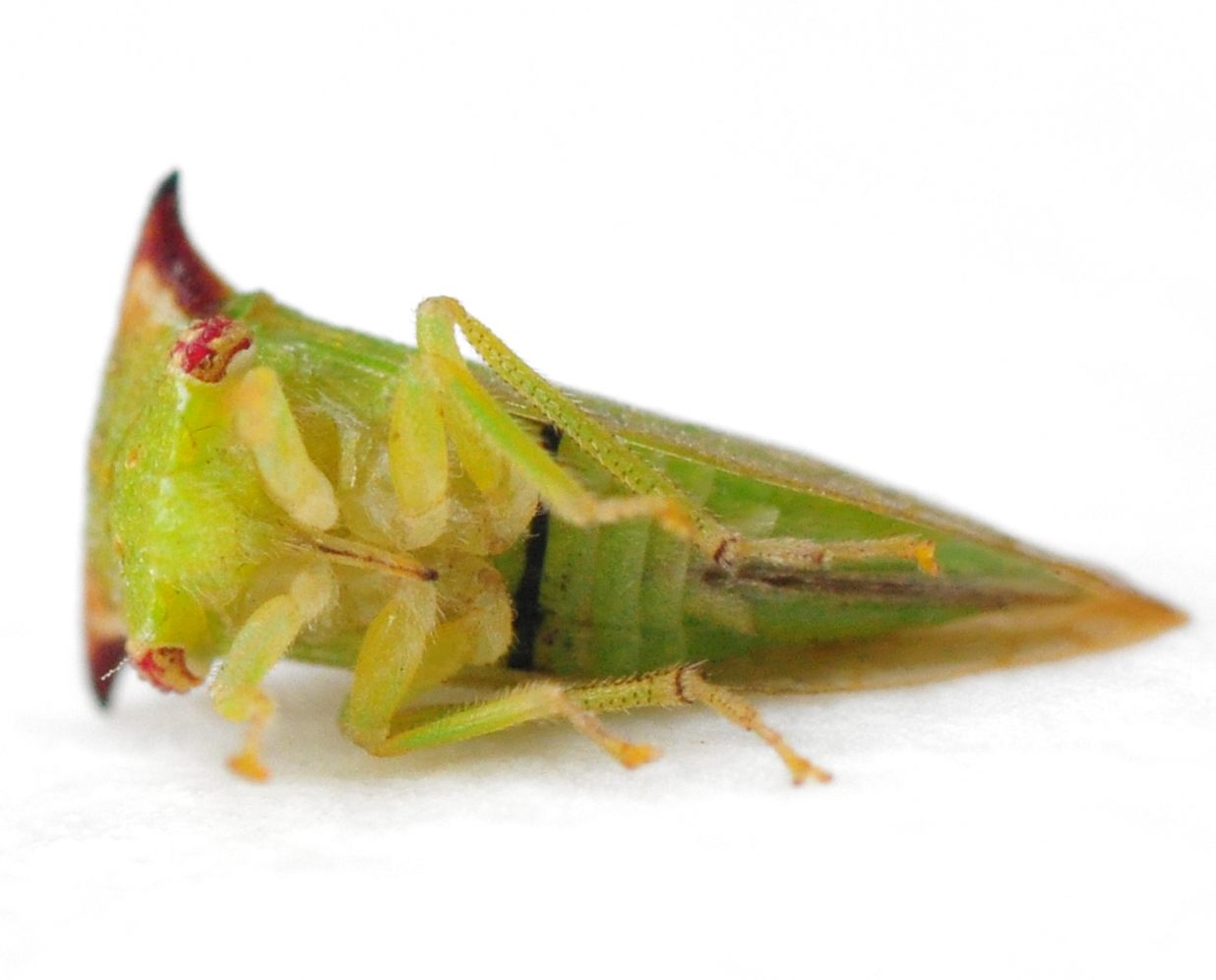 | Ophiderma definita
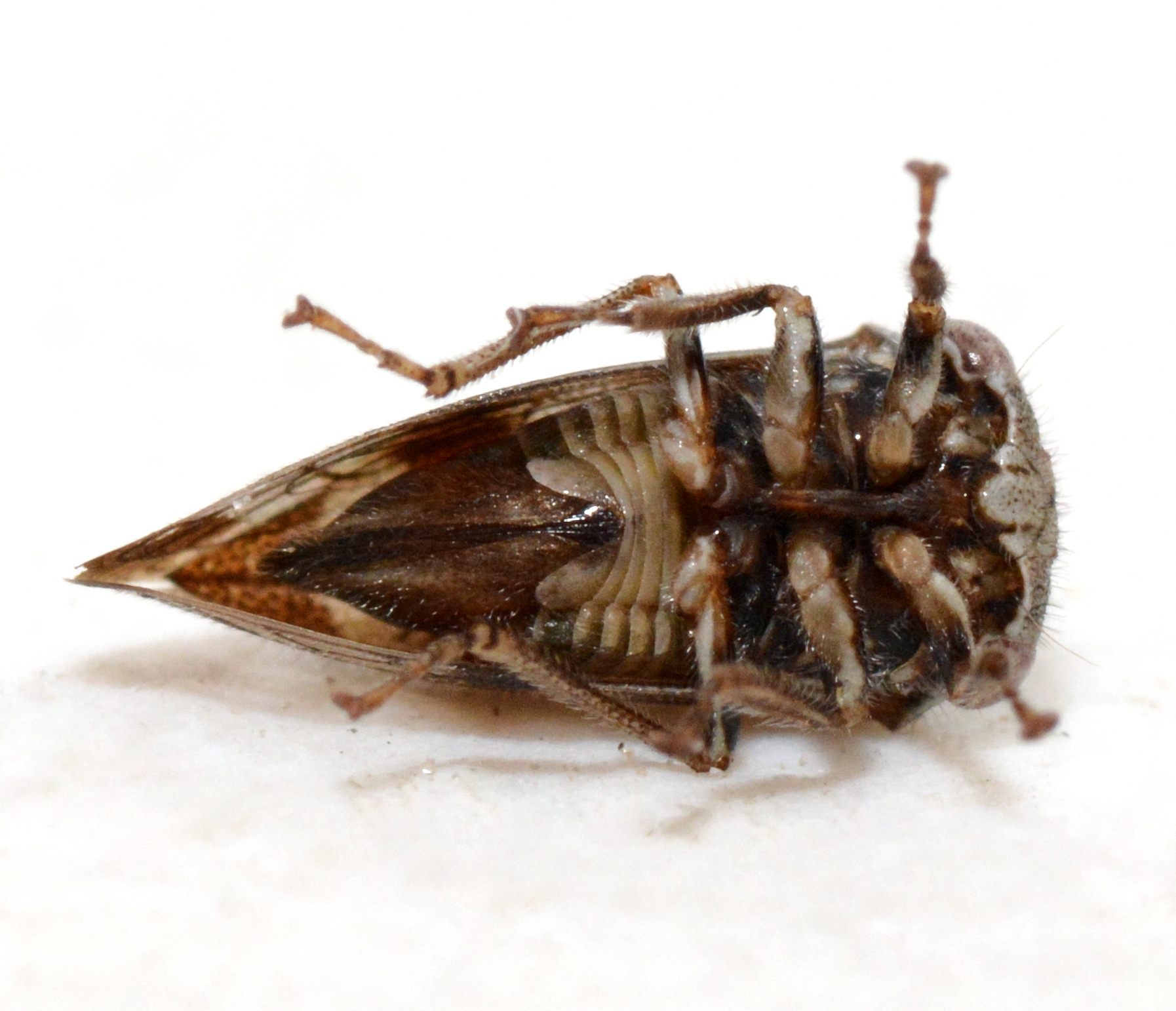 | Ophiderma flava
 |
| Underside of male treehoppers. Note V or triangle-shaped end of abdomen. |
Microcentrus caryae
 | Telamona decorata
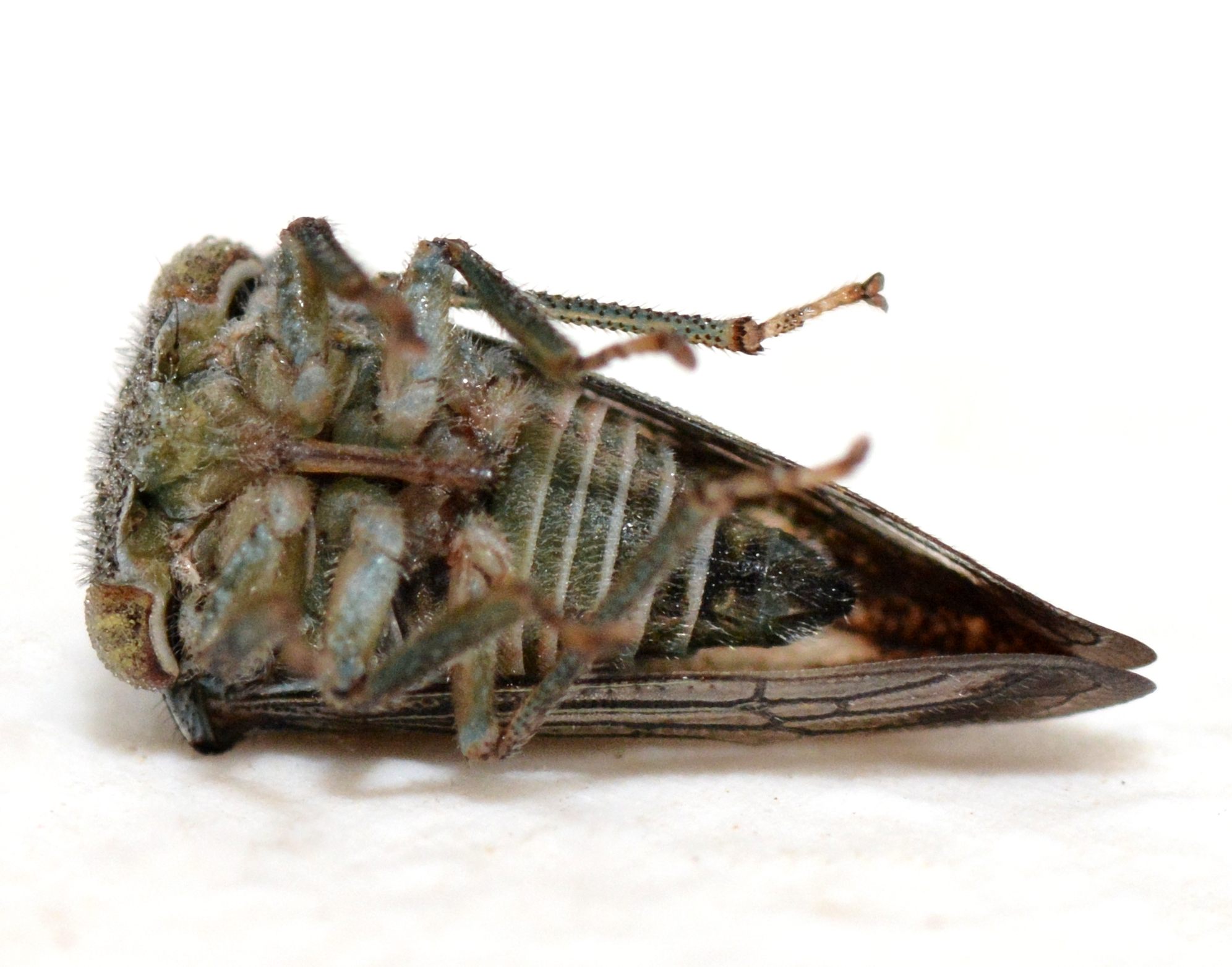 | Telamona monticola
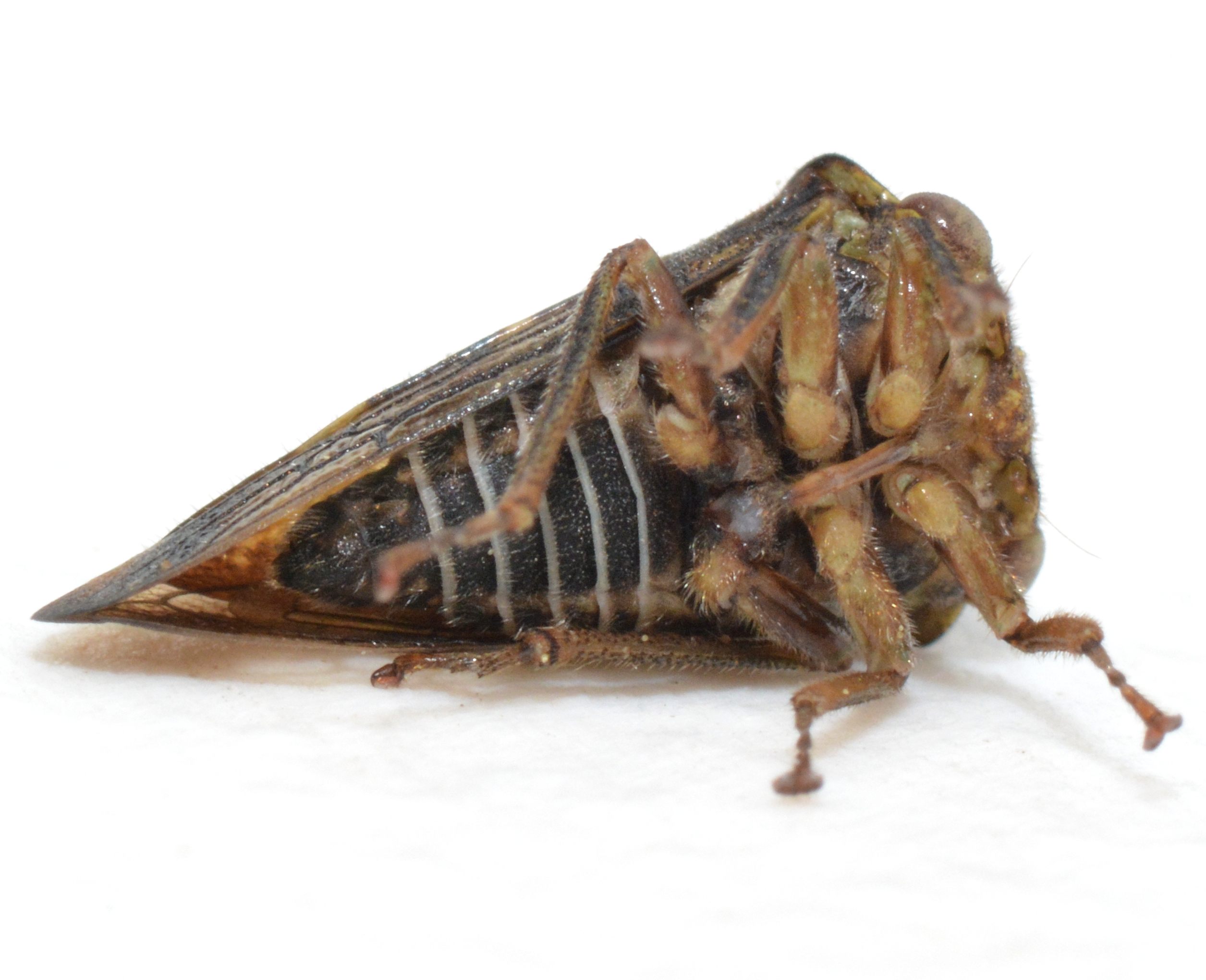 |
|
PLANTHOPPERS
Sexual characteristics vary much more among planthoppers because each main taxonomic group of planthoppers is a distinct family, whereas main taxonomic groups of leafhoppers and treehoppers are subfamilies, with leafhoppers and treehoppers as a whole representing individual families. Therefore, there is much more variation among planthoppers since they are not as closely related to one another. In many instances, the sex of a planthopper is not necessary for determining identification. However, there are some cases where sex is very important, with a couple genera depicted below. For example, blue Cedusa can only be identified based on male genitalia (and males should therefore be focused on when photographing and collecting this genus); female Cedusa can only be identified to species level if associated with a male. These depictions of the genitalia of Cedusa and Cixius only apply to these specific genera; other genera, and other families, can look vastly different. |
| Underside of female Cedusa planthoppers. Note lack of prominent phallus structures. |
Cedusa incisa
 | Cedusa obscura
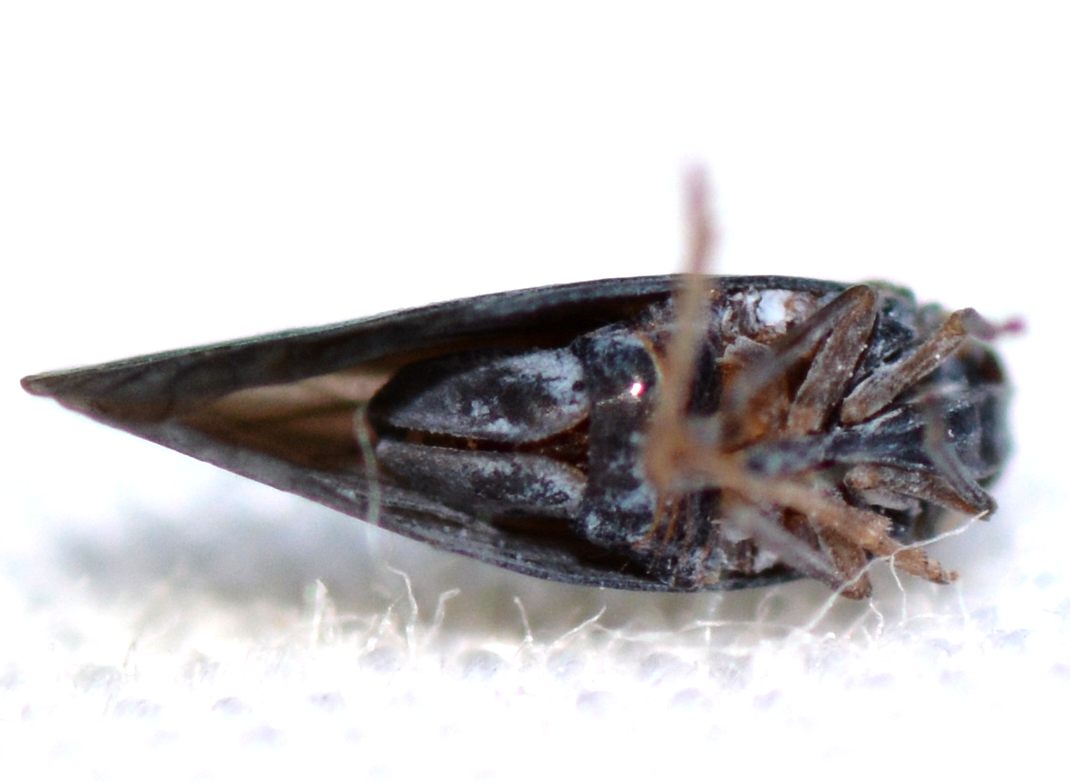 | Cedusa vulgaris
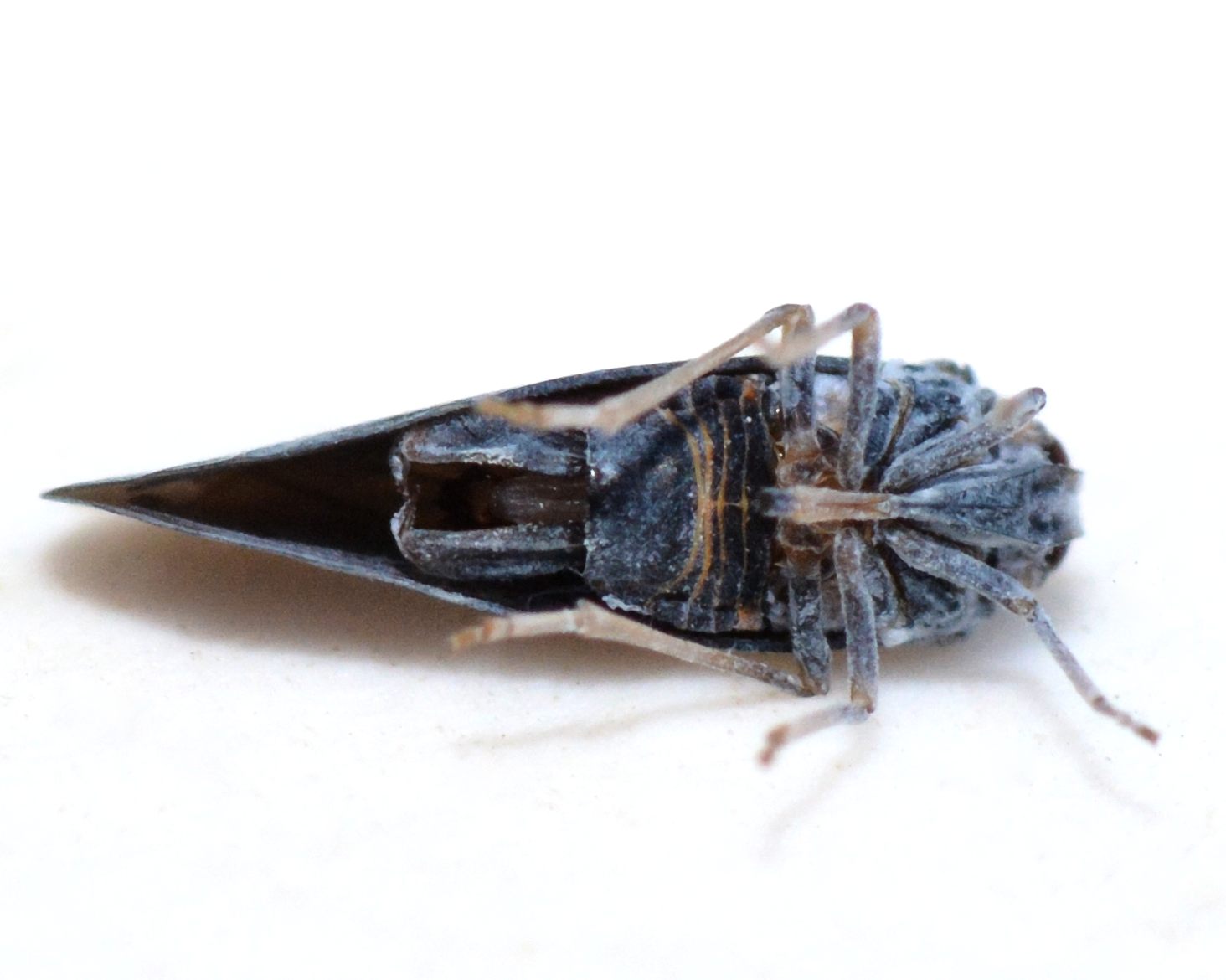 |
| Underside of male Cedusa planthoppers. Note shape of the phallus. |
Cedusa incisa
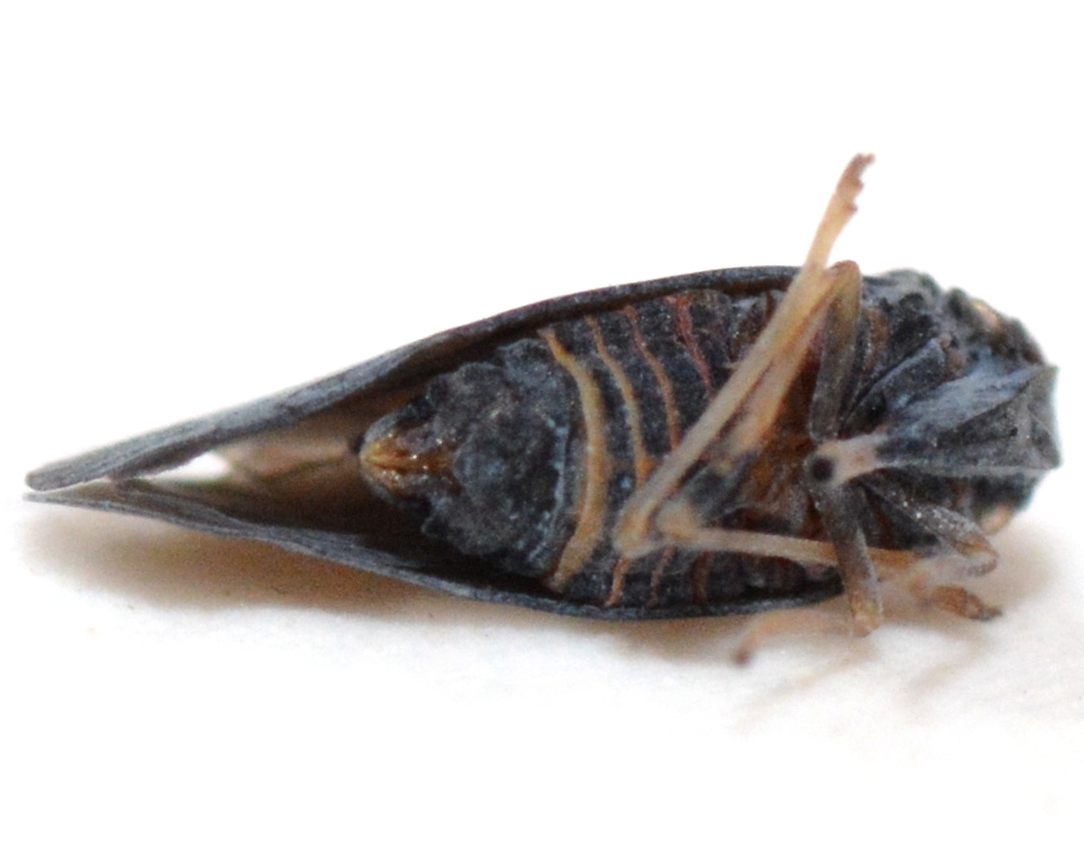 | Cedusa vulgaris
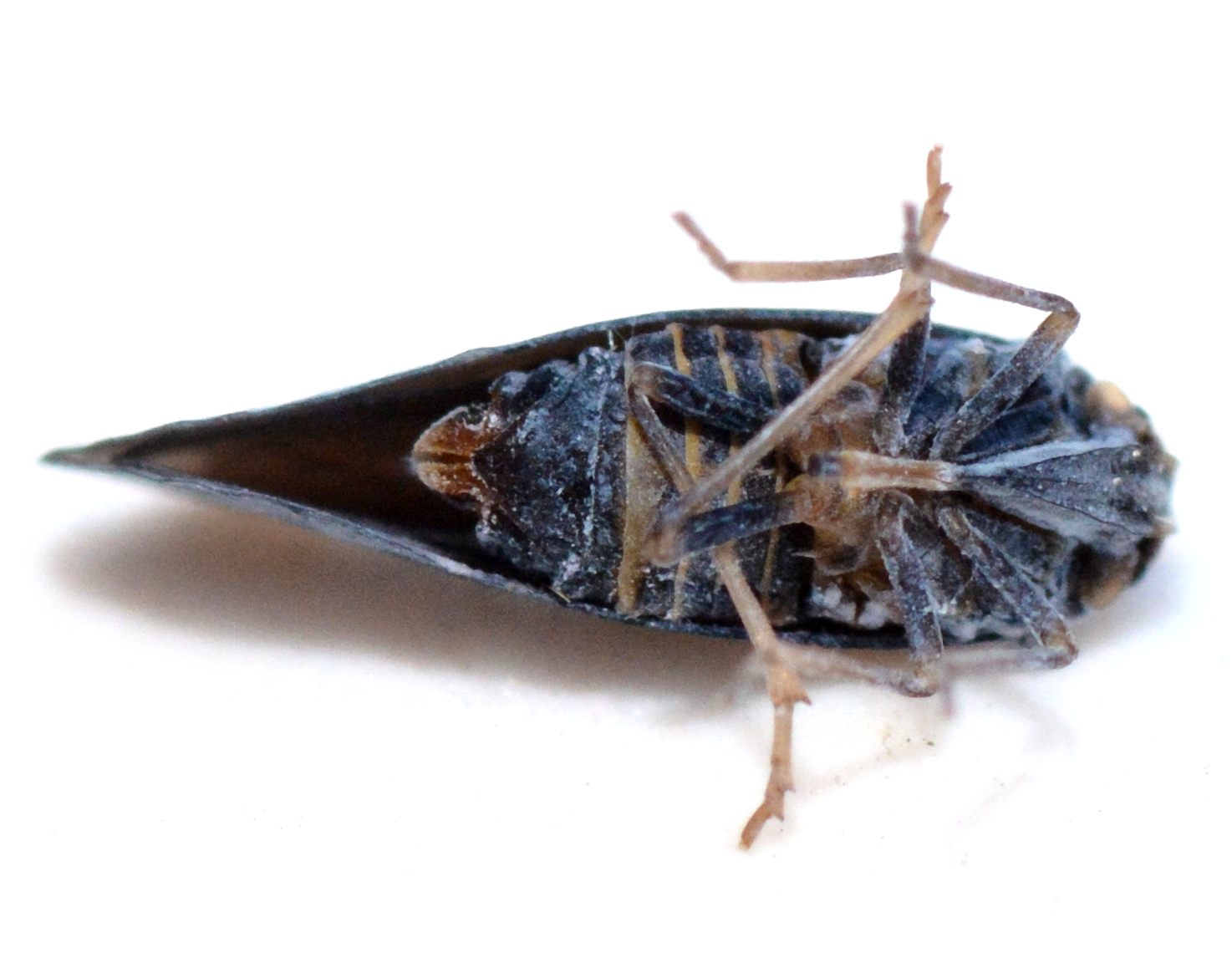 |
| Underside of male Cixius planthoppers. Note shape of the phallus. |
Cixius nervosus
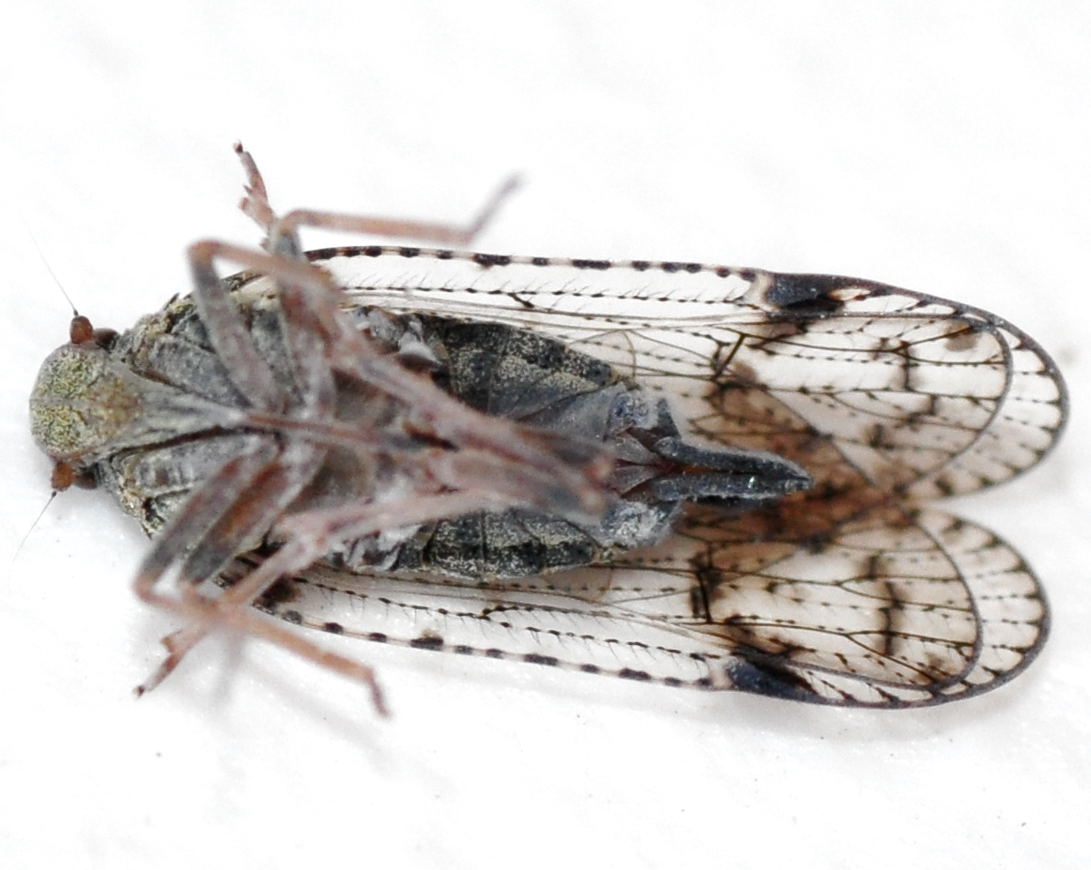 |
Cixius misellus
 |
| Underside of female Cixius planthoppers. Note plate-like pygofer. |
Cixius pini
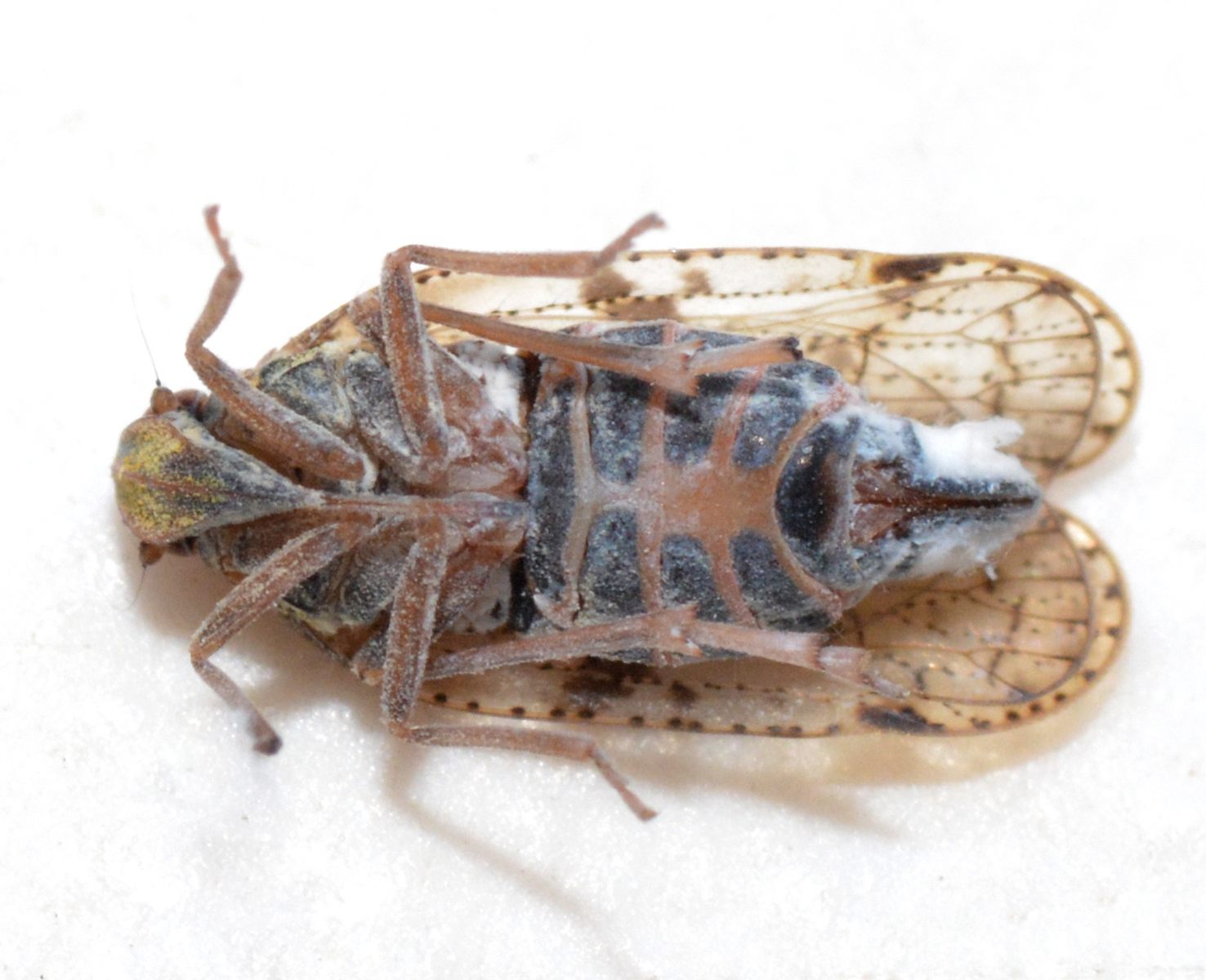 |
Cixius misellus
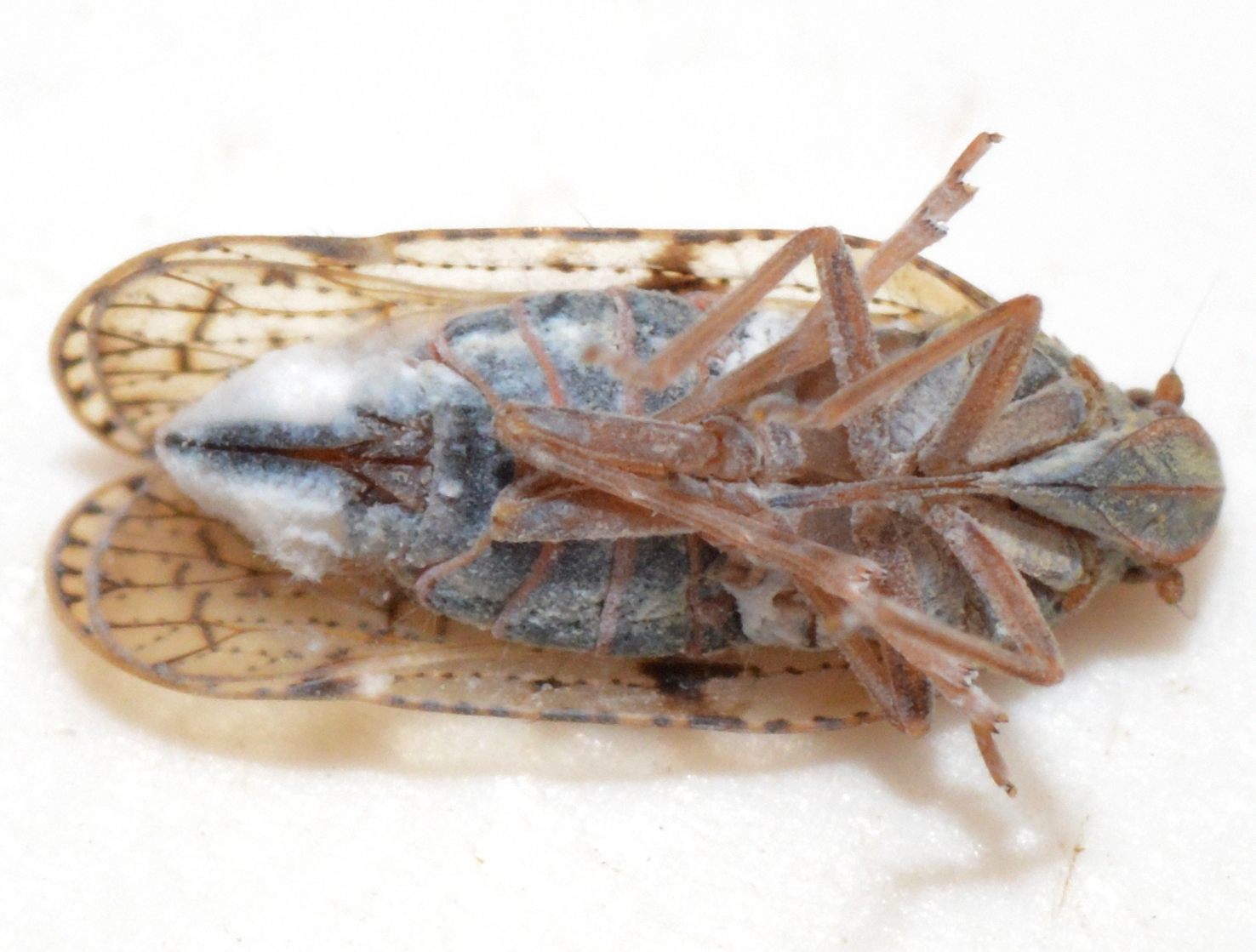 |
|
LEAFHOPPERS
Sexual characteristics are EXTREMELY important in helping determine the identification of many leafhopper species, more so than in any of the other hopper groups. In many leafhopper genera, species are so similar visually to one another that the only way to confidently identify an individual without dissecting it is with a detailed image of the pregenital sternite (females) or subgenital plates (males). The usefulness of these characteristics varies among genera: in some genera, identifications are easier using the pregenital sternite since it varies more distinctly and noticeably than the genital plates; in other genera, this relationship is flipped with the male subgenital plates more useful, and in other genera both plates and sternite are equally important. It is therefore important to be able to determine the sex of many leafhoppers. Below is an assortment of leafhoppers belonging to some of the harder, more challenging leafhopper genera. Note that in most cases, the male and female characteristics are similar among different taxon. Male and female individuals below have been positioned opposite individuals from the same genus to better show the difference between the undersides of male and female leafhoppers.
|
Underside of female leafhoppers. Note prominent pregenital sternite and pygofer. |
Texananus longipennis
 |
Chlorotettix galbanatus
 |
Draeculacephala constricta
 |
|
Underside of male leafhoppers. Note prominent subgenital plates, typically triangular in shape. |
Texananus longipennis
 |
Chlorotettix balli
 |
Draeculacephala mollipes
 |
Underside of female leafhoppers. Note prominent pregenital sternite and pygofer. |
Graphocephala coccinea
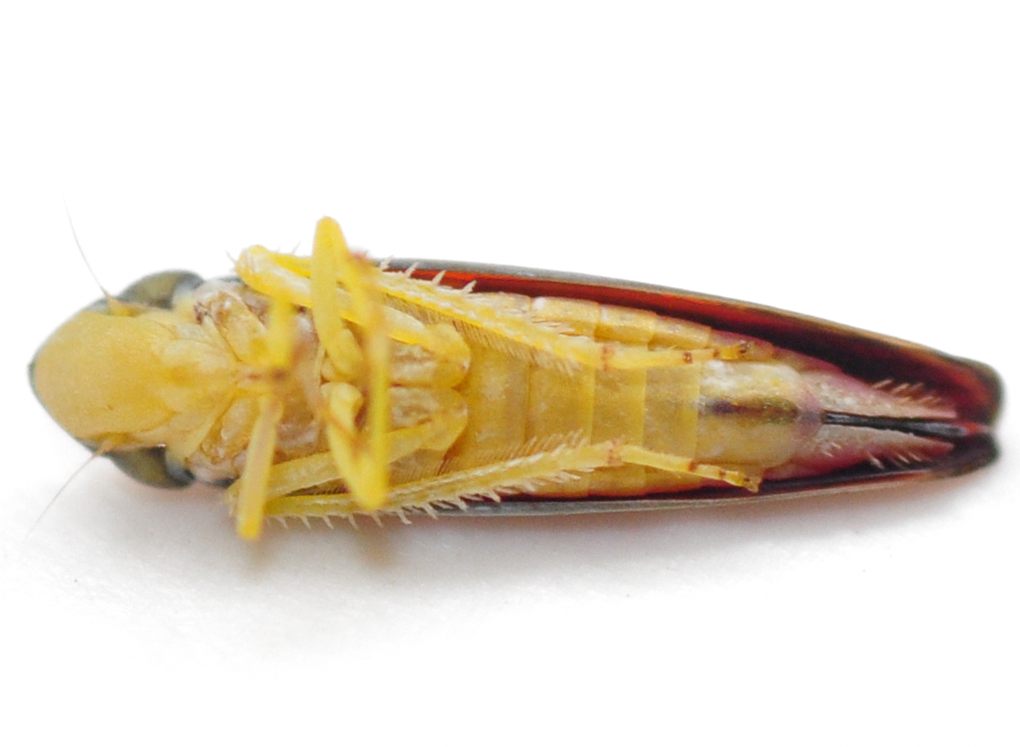 |
Graminella aureovittata
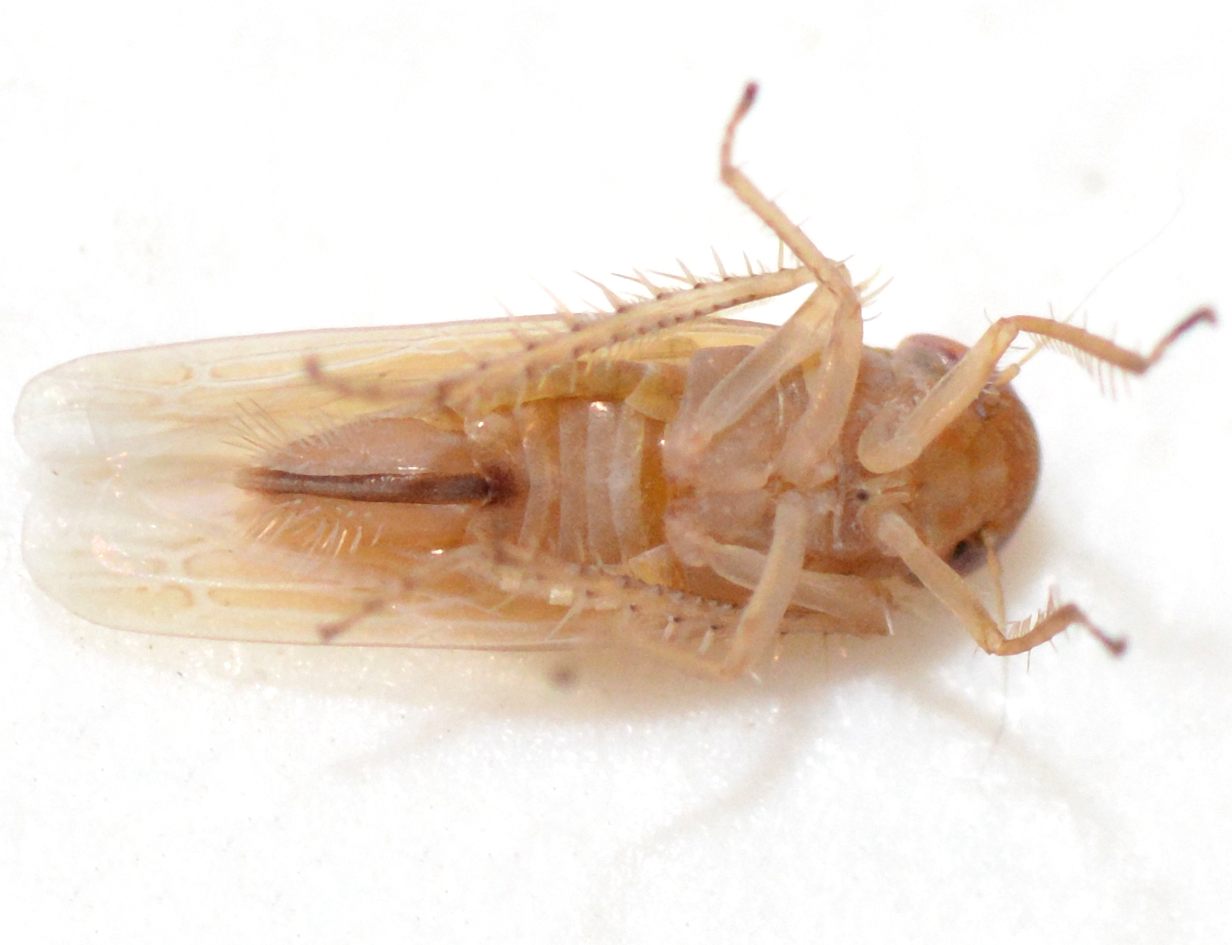 |
Agalliopsis novella
 |
Underside of male leafhoppers. Note prominent subgenital plates, typically triangular in shape. |
Graphocephala coccinea
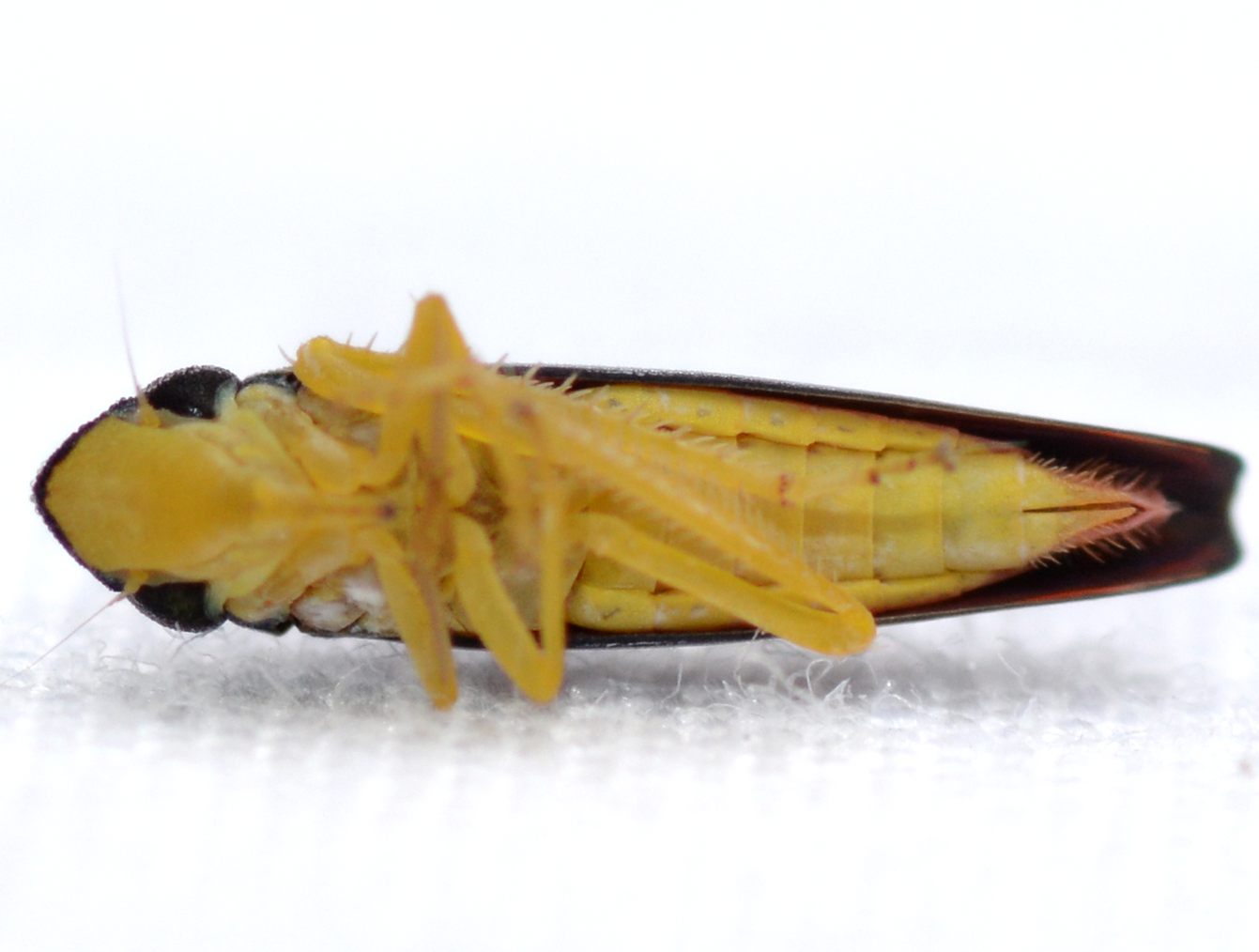 |
Graminella aureovittata
 |
Agalliopsis novella
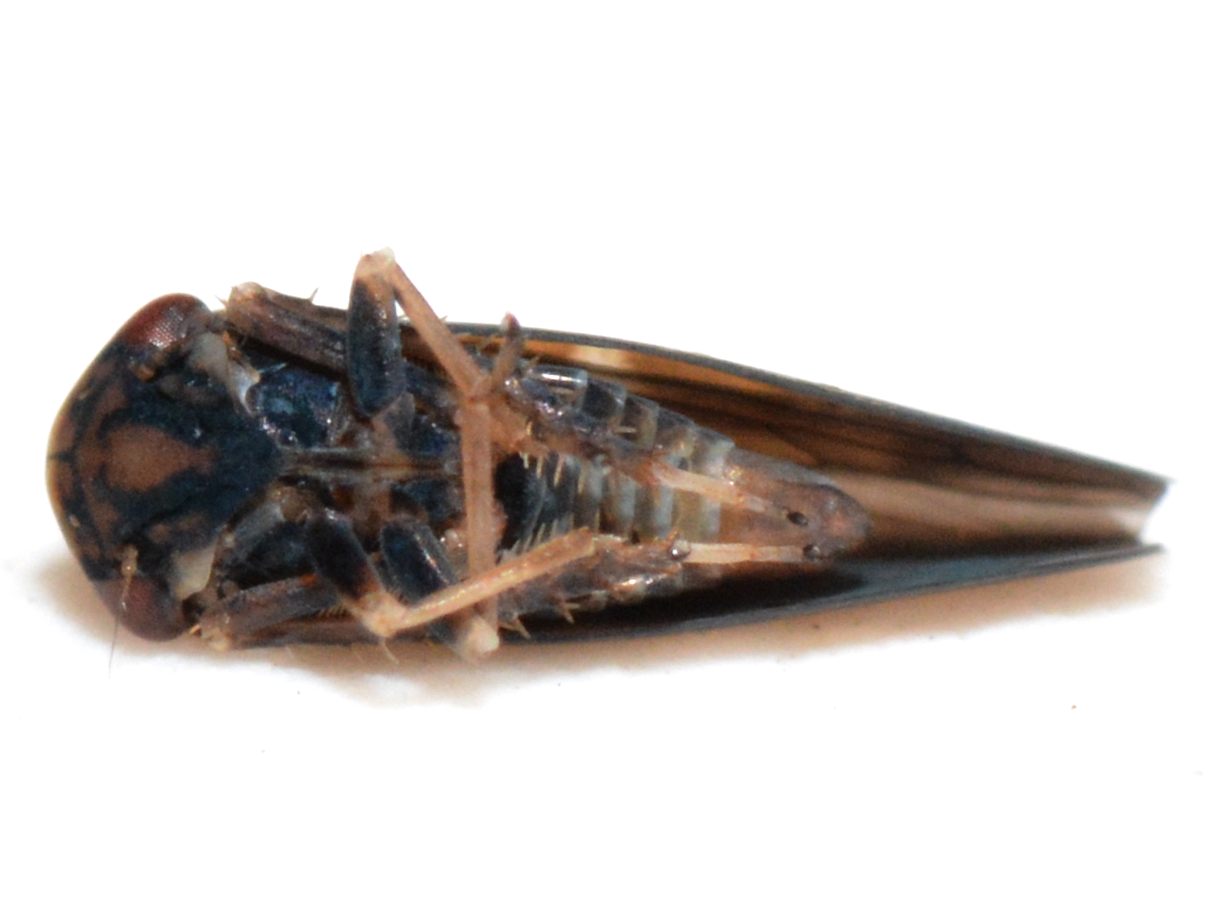 |


























